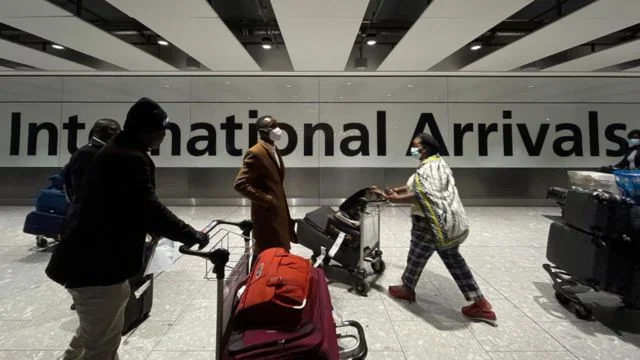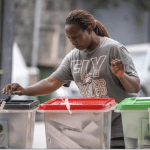The death toll from Lassa fever in Nigeria has risen to 177. New epidemiological data highlights a concerning increase in the lethality of the virus this year.
As of the first week of November 2025, the Case Fatality Rate (CFR) stands at 18.3 percent. This figure represents a significant rise compared to the 16.5 percent recorded during the same period in 2024.
Rising Infection Numbers
So far this year, the country has reported a total of 966 confirmed cases. The viral hemorrhagic illness has spread significantly. Currently, 21 states and 102 Local Government Areas have recorded at least one confirmed infection.
In the most recent reporting week, the number of new confirmed cases increased slightly. The count rose from 11 in the previous week to 12. These latest infections occurred in three specific states: Ondo, Edo, and Benue.
Geographic Hotspots
Data indicates that four states bear the brunt of the outbreak. Ondo, Bauchi, Edo, and Taraba account for 87 percent of all confirmed cases.
A breakdown of the distribution shows:
- Ondo: 36 percent
- Bauchi: 21 percent
- Edo: 17 percent
- Taraba: 13 percent
The remaining 13 percent of infections are scattered across 17 other states.
Demographics and Transmission
The disease predominantly affects young adults. Statistics show that the most affected age group is between 21 and 30 years old. Furthermore, the gender distribution reveals a male-to-female ratio of 1:0.8.
Lassa fever is an acute viral illness. It typically spreads to humans through exposure to food or household items contaminated with the urine or feces of infected rats. While the disease is endemic to the region, health officials continue to coordinate response activities to curb the spread.
Fortunately, no healthcare workers were infected during the recent reporting week. Additionally, the total number of suspected cases has decreased compared to the figures reported in 2024.























